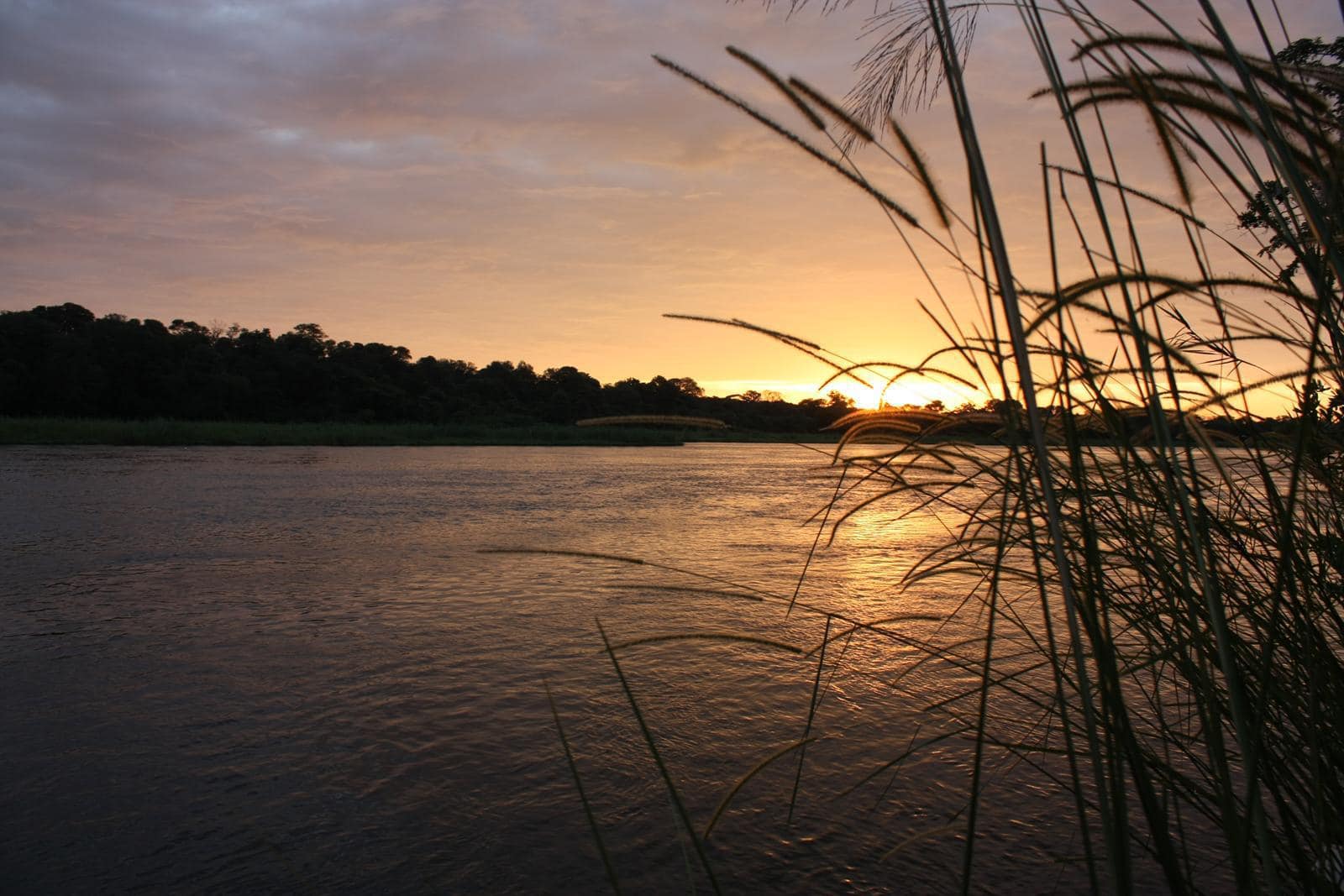Water must be one of the most soothing mediums to the human soul. Little brings more peace than hearing the soft rippling of water flowing by and taking pleasure in the quiet warm colours of a sunrise or sunset over a river…
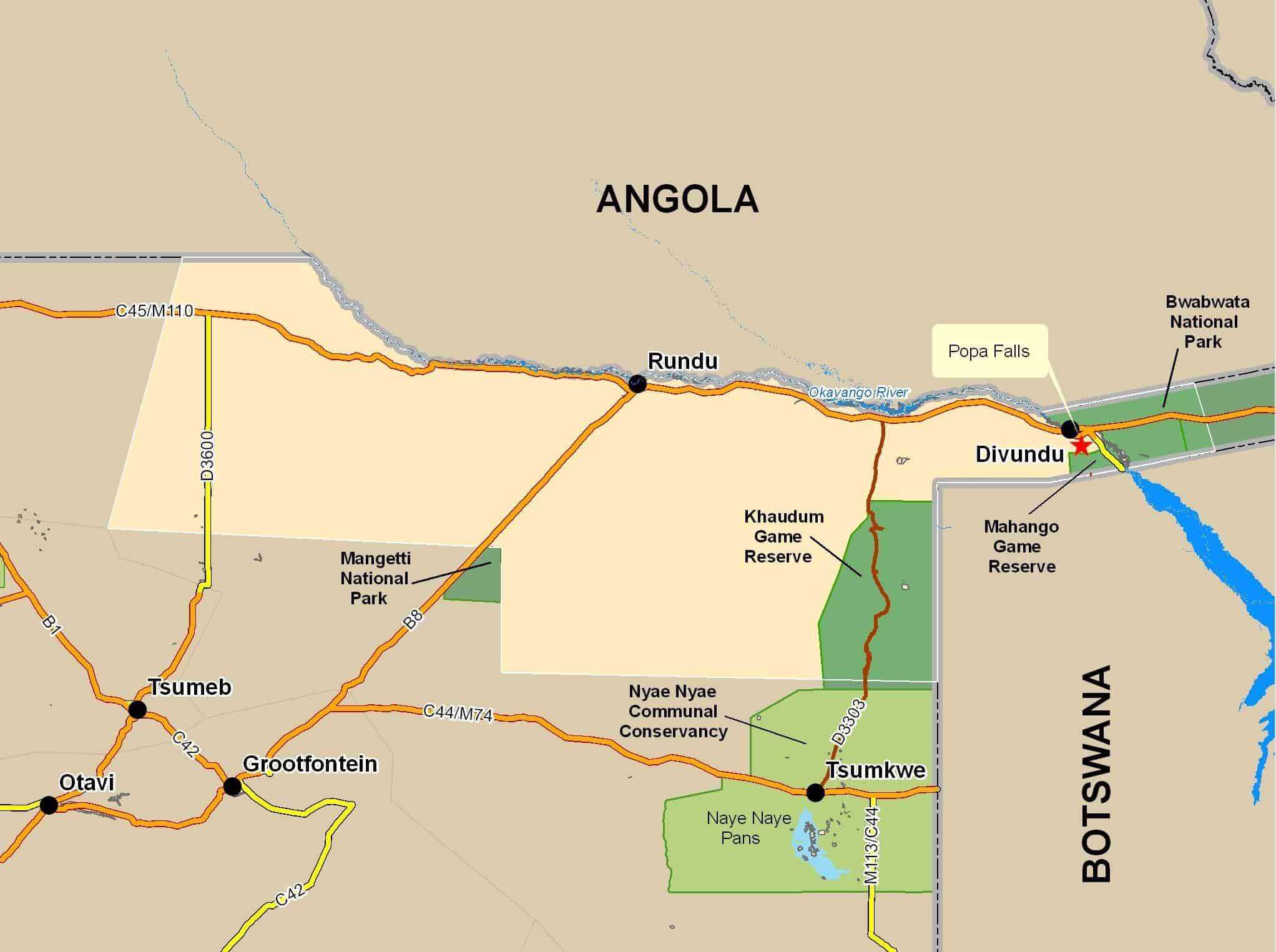
The Okavango River
Water attracts life, therefore the Okavango River flows like a life-giving vein through the north of the Kavango region. The Okavango begins in Angola, where it is known as the Cubango River, and flows south-eastward for 1 600 km before it empties into the swamp of the Okavango Delta of Botswana. It forms part of the northern border of Namibia with Angola. When you visit the Kavango region you will inevitably stay over at a few of the stunning lodges or camps on the Okavango River.
There are many accommodation options available on the Okavango River. Most of them offer boat trips for fishing and game drives. Although RiverDance Lodge is an upmarket lodge, hosts Tino and Karin Punzul are old campers and therefore know exactly what campers’ needs are. They offer beautifully grassed, shaded and private campsites right on the river, each with its own wash-up and ablution facility.
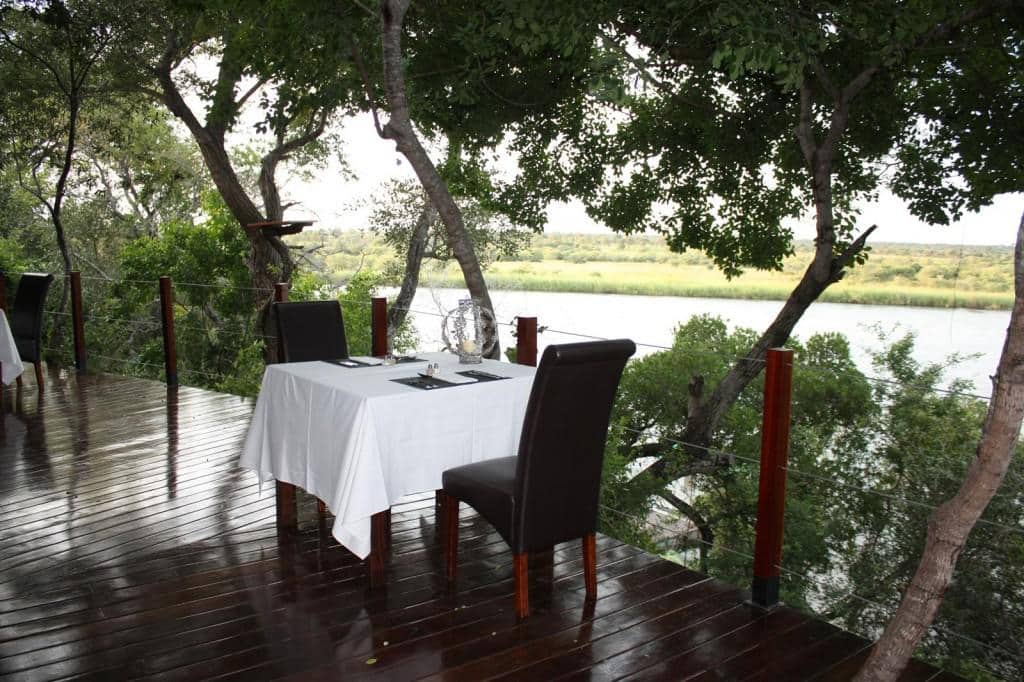
If you travel on the B8 highway that runs from Grootfontein to Rundu (the capital of the Kavango region) and links Namibia with Botswana, Zambia and Zimbabwe, you will pass by many little villages. People live in what they call ‘stokhuis’ which is the Afrikaans word for a house built mainly from sticks. The houses are indeed built from sticks, mud and reed. When you travel this road, you have to be very cautious of their donkeys and cattle.
Divundu area
You have to visit the Andara Mission Station close to Divundu. This Catholic missionary welcomes visitors. The hospital and church is still functional, as is the dairy. Other farming activities are limited at this stage, even though water is available for irrigation. Unfortunately the beautiful old water wheel which was used to pump water from the Kavango River fell in disrepair after they installed an electrical turbine.


Popa Falls
Just south of Divundu is the region’s most famous landmark, Popa Falls. The river drops four metres across the full 1.2 km width of the river into a series of rapids rather than falls. After good rains the rapids are quite spectacular.
For years the Popa Falls Rest Camp was very basic but lodging and camping facilities were upgraded during 2013. It now boasts beautiful chalets and campsites with excellent ablution facilities. On top of this the resort, which is run by the state-owned Namibia Wildlife Resorts group, now also offers a restaurant, bar and conference centre. A spa will be completed by mid 2014. They have even built a bar deck right at the falls with beautiful views of the Okavango River. Apart from short boat trips, they also have a house boat on which guests can overnight on the river.
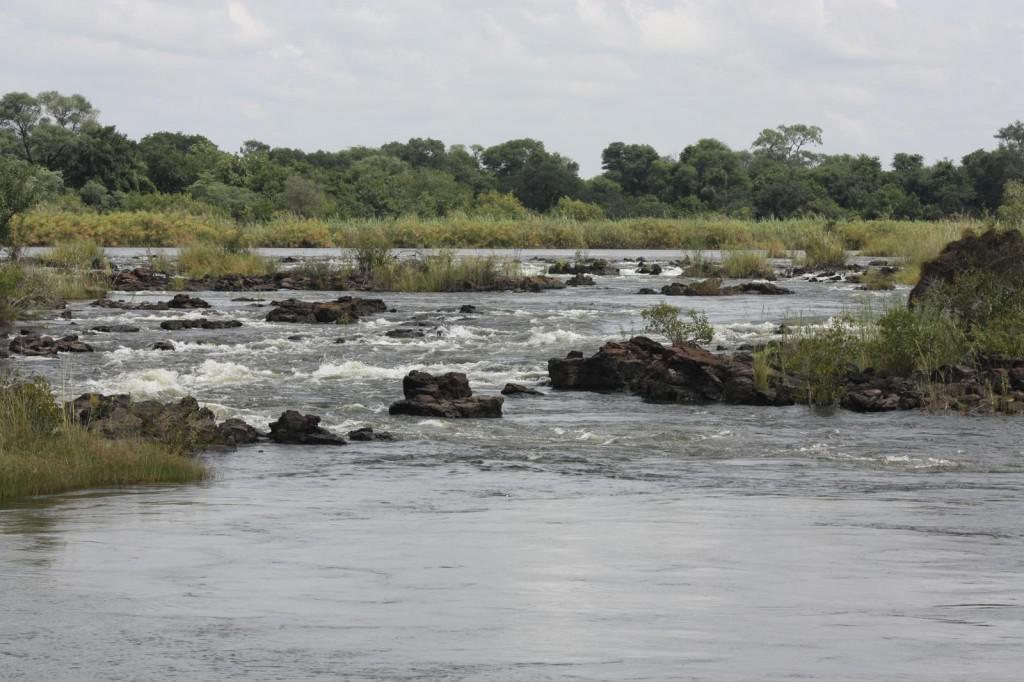
Bwabwata National Park
The Kavango region offers a lot in terms of beautiful landscapes and wildlife. The Bwabwata National Park straddles both the Kavango and Zambezi (Caprivi) regions and en-route from Divundu to Kongola you will traverse the B8 highway which intersects the Bwabwata National Park.
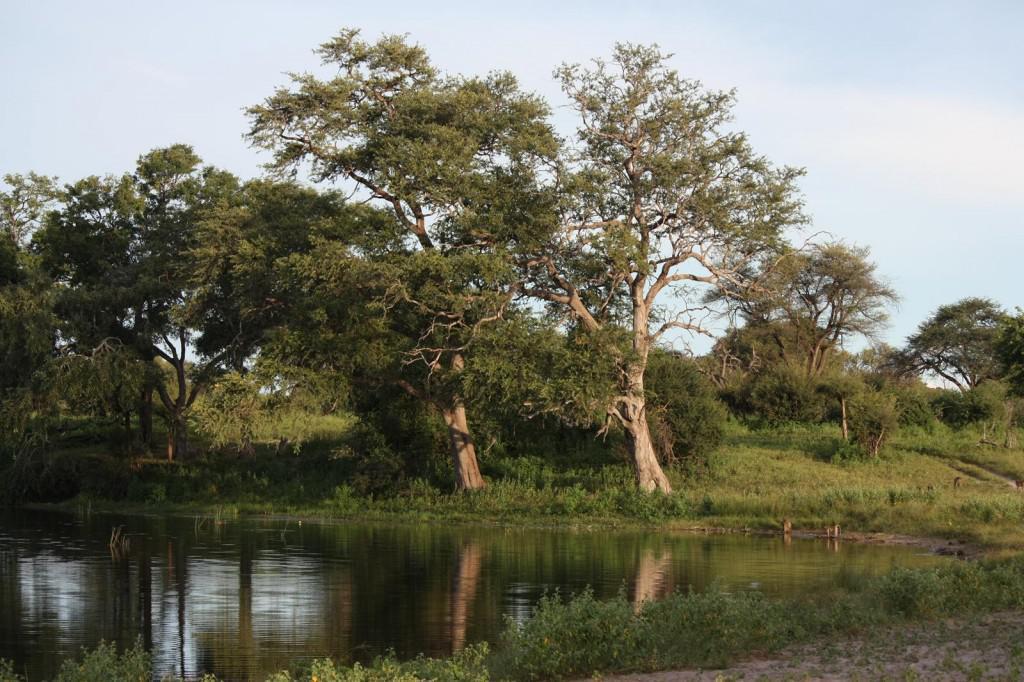
Mahango Game Reserve
The Mahango Game Reserve was incorporated into the Bwabwata National Park and now forms one of the core areas of the park that are off limits for hunting, development and communal living. There is no accommodation available in the park, but it really is worth taking a day drive through the reserve. Apart from beautiful ancient Baobab trees, you will see a huge variety of birds and animals, including elephant, lion, buffalo, hippo, giraffe and red lechwe.
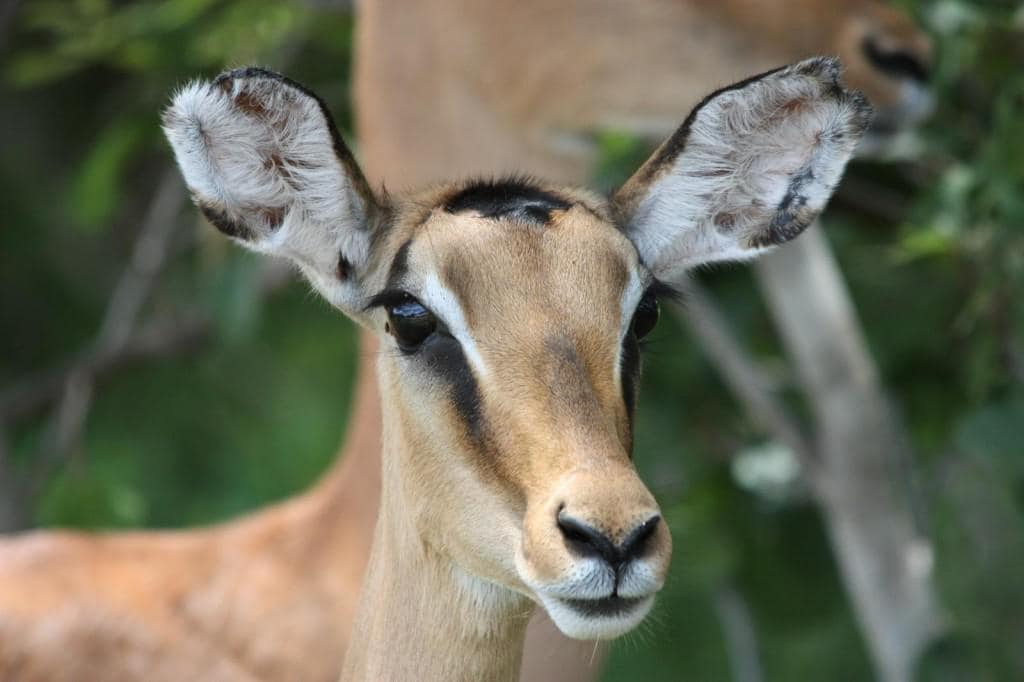
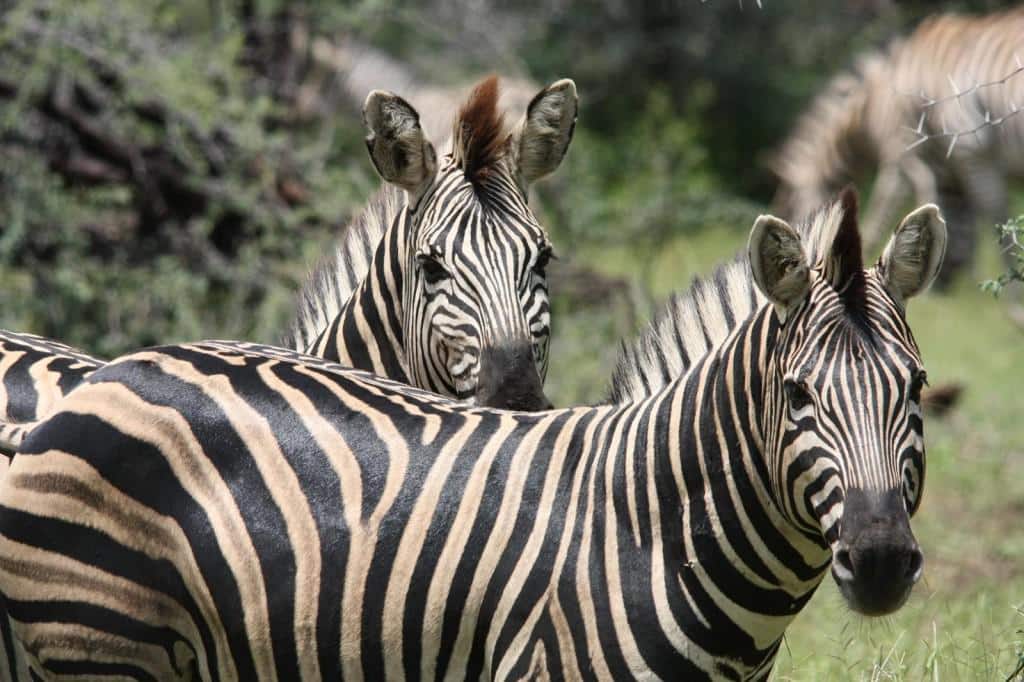
The close-by Ngepi Camp offers a variety of accommodation options, ranging from camping to lodging in deck tents or en-suite tree houses. Their open-air ablutions, and more specifically the descriptive and humorous signs at the ablutions, are legendary. The camp has beautiful gardens, a bush bar and a restaurant and they offer various activities including swimming in a cage in the Okavango River. Because of the crocodiles one would not otherwise dare to swim in the river!
Apart from Ngepi there there are a number of other excellent lodges and camps in the area that offer accommodation.
Khaudum National Park


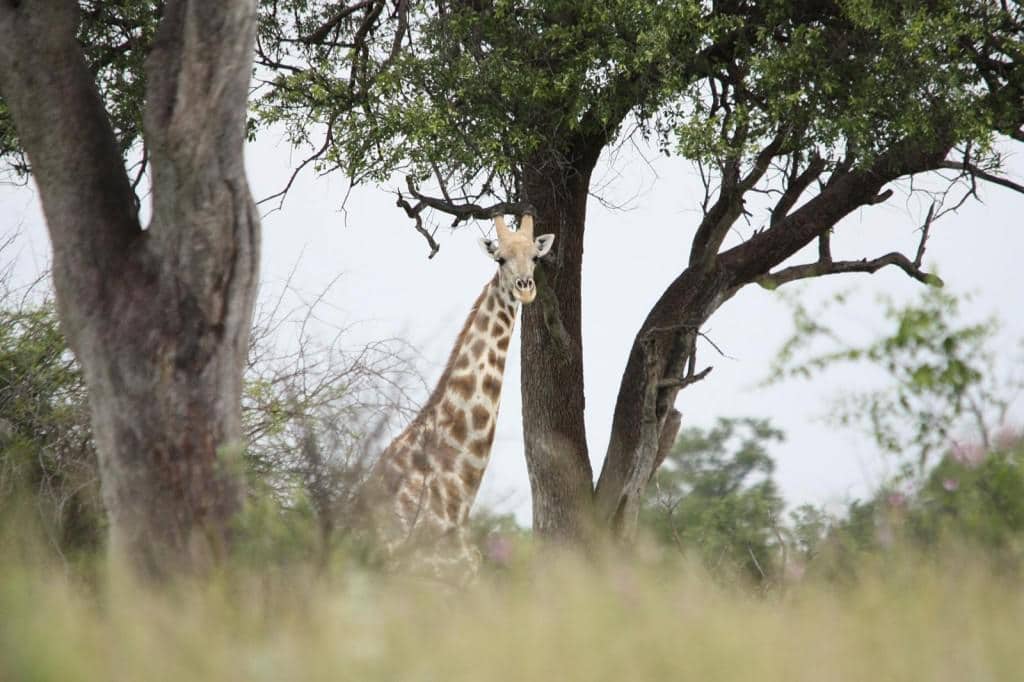
One of the biggest jewels of the Kavango is without a doubt the Khaudum National Park. It is a true wilderness area that is only accessible by 4WD because of thick sand. Like most other parks in Namibia, Khaudum is unfenced to allow the natural migration of animals between Namibia and neighbouring countries, in this case Botswana.
During an animal count in the park in 2013 the following numbers were reported: 26 wild dog, 1 192 roan antelope, 92 hyena, 144 eland, 4 108 elephant, 42 giraffe, ten jackal, 981 kudu, 16 ostrich, seven leopard, 516 wildebeest, 17 steenbok and 22 lion.
The best time to visit is during the dry season (April to September) because you will be able to see more animals. All waterholes in Khaudum have solar powered boreholes to ensure that the animals have water all year round. During the dry season they visit the waterholes more often to drink and because the grass is shorter and the bush less dense, the animals are more visible.
Unfortunately facilities at both Khaudum Camp in the north of the park and Sikereti Camp in the south of the park were in a sad state during our visit in February 2014. According to parks officials a new operator was contracted to upgrade and manage camping and lodging facilities. The chalets in Khaudum Camp were struck by lightning and burnt down some time ago. Apparently the new operator was just waiting for the end of the rainy season to start building a new lodge at Khaudum Camp.

Until the upgrades have been done, you need to be totally self-sufficient when you visit Khaudum and you will only pay a park entry fee. If you can bear the lack of facilities, Khaudum is definitely worth a visit. Even though you won’t see as many animals during the rainy season, the landscape is beautiful and offers great photo opportunities.
